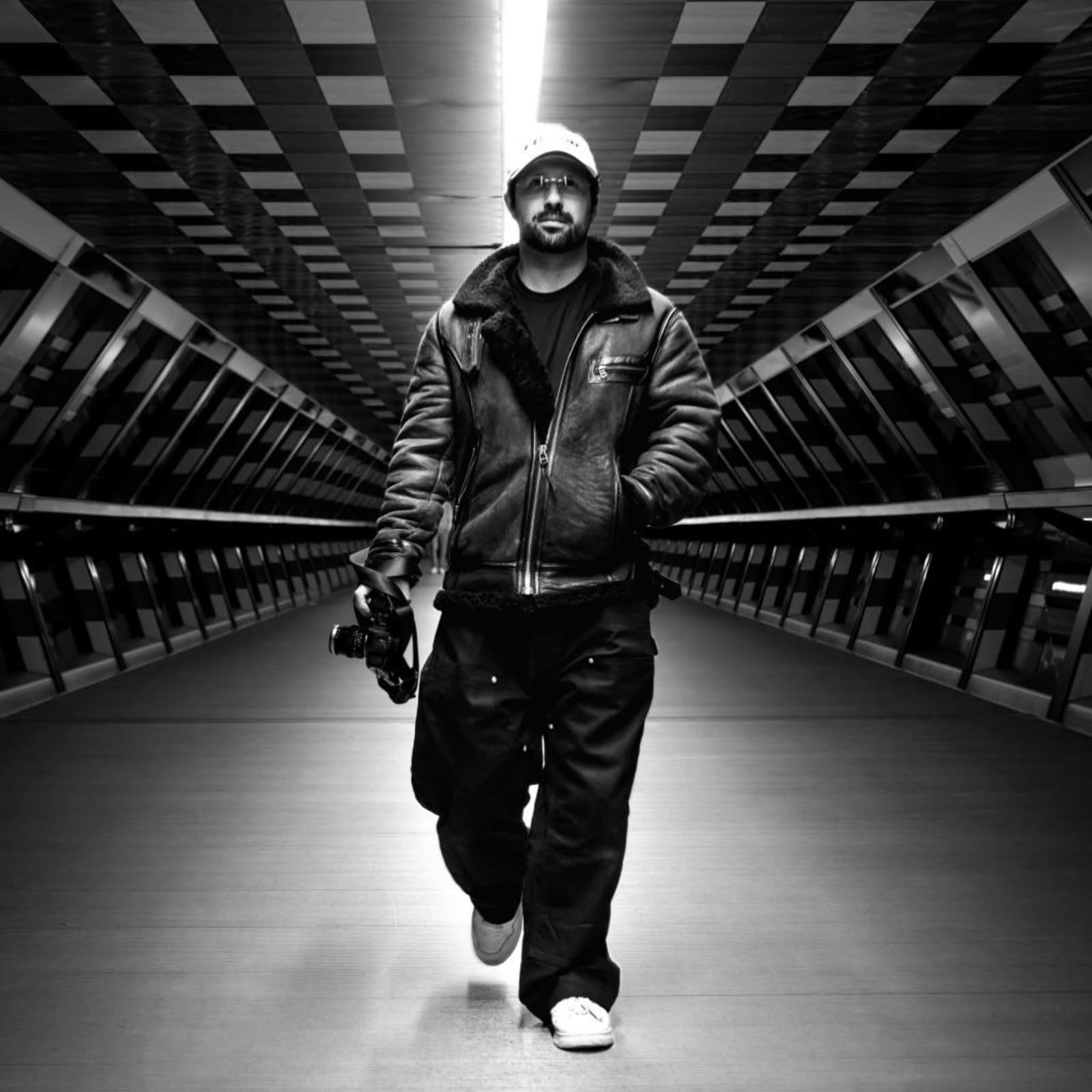artwork infos
portrait
video
01:11
2023

Ilan Derech
Harukaze

Ilan Derech
Satori: Rothko's Serenade

Ilan Derech
I’ll be waiting for you | あ...

Ilan Derech
Sacred Wind

Ilan Derech
Satori: Blossoms - Horizont...

Ilan Derech
Night Dragon | 夜龍

Ilan Derech
Satori: Ephemeral - Horizon...

Ilan Derech
Satori: Eternal Flame - Ver...
Born in Mexico in 1990, Ilan Derech is a multidisciplinary artist whose visual language was shaped through years of experimentation in animation, generative code, photography, and film. His early explorations in digital media taught him structure and abstraction, while photography and video revealed to him the poetry of reality. His approach to filmmaking resembles that of a haiku: he captures simple, silent scenes where light, time, and gesture become subjects of contemplation. Inspired by the Japanese aesthetics of wa (harmony), ma (the space between things), and wabi-sabi (the beauty of imperfection), Ilan creates works in which presence and absence converse in meditative stillness. Influenced by wabi-sabi, ukiyo-e, and the tender beauty of impermanence, he draws inspiration from everyday details — falling sakura petals, rain on a window, fleeting shadows. Marked by the loss of his father and a long stay in Japan during the pandemic, he developed a practice in which each image becomes a refuge, a breath, a space of silence and memory.
Ilan Derech’s work has been showcased on major platforms such as SuperRare, Foundation, and OpenSea, and has been praised for its cinematic sensitivity. His pieces have been featured in international exhibitions and auctions, establishing his presence on the contemporary digital art scene. He collaborated with ZEISS on Capturing Mobility, a poetic exploration of nocturnal movement in London, and has been featured in several publications — including SuperRare Visual Haikus, OpenSea In Conversation, and Air Canada EnRoute — all highlighting the coherence and emotional depth of his artistic vision.
Through these collaborations, Ilan continues to craft a contemplative body of work that invites viewers to slow down, breathe, and rediscover the fragile beauty of the present moment.

Midnight Geisha | 真夜中の芸者

"Do not dwell in the past, do not dream of the future, concentrate the mind on the present moment." - Buddha
-
As night falls, warmth fills up the street lamps with velvet light that breaks through the darkness, illuminating the wooden walls of the ancestral houses in Gion.
These mesmerizing lights announce the presence of one or more geishas inside the tea house.
They come prepared to offer their guests an experience that in Japanese philosophy is denominated as Ichi-go Ichi-e [一期一会] which translates to "one opportunity, one encounter" rooted in the idea that each meeting, everything we experience, is a unique treasure that will never be repeated in the same way again. So if we let it slip away without enjoying it, the moment will be lost forever.
-
By: Ilan Derech
Location: Kyoto, Japan
Shot on: Leica SL & ZEISS ZM 1.4/35
Year: 2022
Collected by: Bentoebox
video
portrait
01:11
2023
More from Ilan Derech
More on digital art
Collections with the artist

























